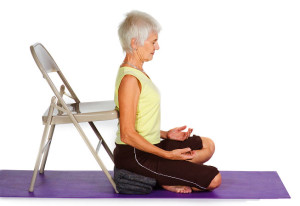“Maintaining good control of glucose and hypertension high blood pressure limits morbidity and mortality.” – Stuart Weiss
High Blood pressure (hypertension) affects about 1/3 (70 million) of American adults. Hypertension is associated with heart disease, stroke, and kidney disease. It is sometimes called a silent killer as there are rarely any overt symptoms and the individual may not be aware of the condition. Yet it is estimated to be responsible for about 360,000 deaths a year in the U.S.
Hypertension is more prevalent in African American populations particularly in association with kidney disease. African Americans are four times more likely than Caucasians to develop kidney disease. Drugs are the treatment of choice for hypertension. But they have many adverse side effects. On drugs the individual feels terrible. Without them they feel fine. As a result compliance is a major problem and large numbers of people stop taking their medications.
Obviously, there is a need to develop a safe and effective treatment for hypertension. Elevated sympathetic activity is known to be characteristic of hypertension particularly in association with kidney disease. Mindfulness meditation is known to reduce this activity of the sympathetic nervous system and is known to reduce the effects of stress. In addition, meditation has been shown to reduce blood pressure in normal and hypertensive individuals. So, meditation may be a useful technique for the control of hypertension in patients with kidney disease.
In today’s Research News article “Mindfulness meditation lowers muscle sympathetic nerve activity and blood pressure in African-American males with chronic kidney disease.”
http://www.ncbi.nlm.nih.gov/pmc/articles/PMC4080275/
Park and colleagues test the application of a brief mindfulness meditation on hypertension in African American patients with kidney disease. They found that a single session of guided mindfulness meditation with these patients lowered blood pressure and heart rate. This was found to be associated with a reduction in the activity of the sympathetic nervous system. They also demonstrated that the effects were not due to the reduced rate of breathing that occurs in meditation.
It should be noted that this study only looked at very short term effects and there is a need to observe whether meditation could be used over the long-term for control of hypertension. But, the findings suggest that meditation may be a safe and effective treatment for hypertension in African American patients with kidney disease. Since, long-term meditation has been repeatedly shown to produce persistent relaxation and reduce the effects of stress on the individual, it is likely that meditation would continue to be effective in these patients.
So, meditate and keep your blood pressure under control.
CMCS – Center for Mindfulness and Contemplative Studies









